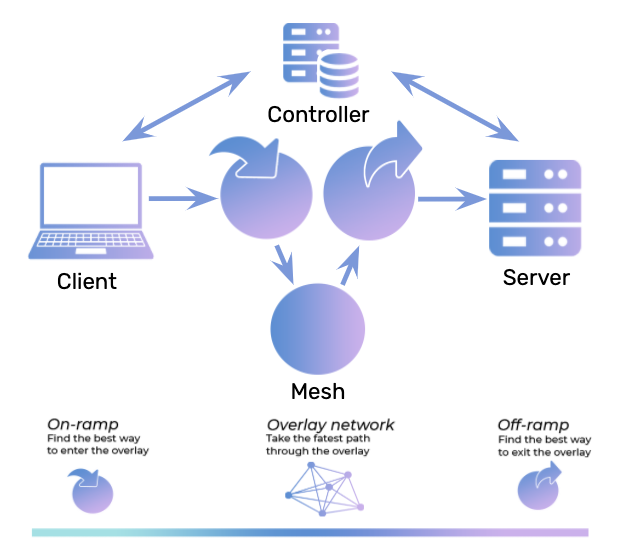Low Latency Gaming
Alexa Modular Adapter
Alexa Enabled Universal Remote
ARbot
AutoIrrigation
Automated Hydroponics
Autonomous UV-C Sanitation Bot
Bus Tracker Project
Bus Tracking System
Bus Usage Monitor
Classmates Search
Cloud Native Wireguard
CO2 Monitoring System
Diabetics Companion
Edu Plastic Pollution
EDU (CPU)
Googun
H2Eyes
IMDB on FPGA
Indoor Robot
Induction Motor
Land Trust Management
Learning Storage Networks
Low Latency Gaming
Marine Plastics Monitor
ODS Web App Performance Tuning
Offroad Spotting Drone
ONI Code Visualization
Painless Healthcare Management
Parquet+OCI project
Preventing Vehicular Heatstroke
Remote Nuclear Monitoring
Rent-a-Driveway 2020
ResearchConnect
RREESS Microgrid Management
Save our Species 2020
SAWbots - Miniature Medical Robots
Self Stabilizing Personal Assistance Robot
Slug Charge
Slug Sat
Smart Cane
Smart Magazine Floorplate
Smart Park
Smart Seat Cover for Posture Detection
Smart Slug Bin
Soaring Slugs
Team Litter Buster
Understanding Healthcare Data
Vibrace
VoIP Management Assistant
Wildfire Detection Drone
Abstract
The Internet is not built for gamers. Internet service providers and massive corporations are constantly competing to get their information across faster than the rest. This means that connection issues that you may experience when gaming online are entirely out of your control. Our goal is to find a way to remedy this problem and create a better online experience.
An Internet Freeway
Just like a freeway is built on top of existing roads for the purpose of expediting vehicular traffic, we want to create an Overlay which builds on the existing infrastructure of the internet for the purpose of expediting your internet traffic!

Jargon Check
Here are some of the metrics we use to measure internet connection performance:
Latency is the time that it takes for a packet, a chunk of data, to go from its source to its destination.
Jitter is a measurement of the change in latency over time.
Packet loss is a count of how many packets fail to reach their destination.
Overview
Our new Overlay network consists of four modules: Client, Server, Mesh and Controller. The Client and Server modules are applications which reside on the client and server machines, respectively. They watch for packets coming from a game or application. Instead of allowing these packets to follow their intended route, they are snatched up and sent to our network of Mesh nodes. The Mesh nodes act like relays, forwarding the packets along from node to node along a predetermined route. The Controller module is the brain behind the entire operation. It identifies optimal routes for packets to take, keeps an updated status of our Mesh nodes, and stores data so that it can be accessed by any module in the Overlay.

Results
In the end, we created a working prototype of our Overlay, complete with all four modules. We also created two separate methods to gain access to the Overlay network: A Software Development Kit which developers can add directly into their games, as well as a native desktop application for the gamers.
A Scenario
You live in Los Angeles and you are playing the hot new online game: First Person Shooter III, which has a server located in Dallas. According to Cisco’s projections, here are some of the improvements that you may experience with and without using our Overlay network.
Average Latency: 33.8ms vs. 38.2ms
Average Jitter: 354us vs. 414us
Average Packet Loss: 0.03% vs 0.06%
The Effects
Lower latency, jitter and packet loss mean that gamers have to worry less about connection issues during crucial gameplay moments. All they have to do is make sure they are on top of their game.
Cisco recognizes that this new technology is useful for more than just gaming. Countless other applications and industries could benefit from these improvements in internet speed, connectivity and reliability.
Acknowledgements
We would like to thank Alon Bernstein and Sangeeta Ramakrishnan of Cisco Systems, as well as our former teammate Jasleen Kaur, instructor Richard Jullig, and teaching assistant Arindam Sarma for all of their unwavering support throughout the entire process.
The Team
Alan Vasilkovsky, Collyn Noda, Howard Ng, Jasleen Kaur, Lilian Gallon, Xudong Guo, and Cody Hartsook.